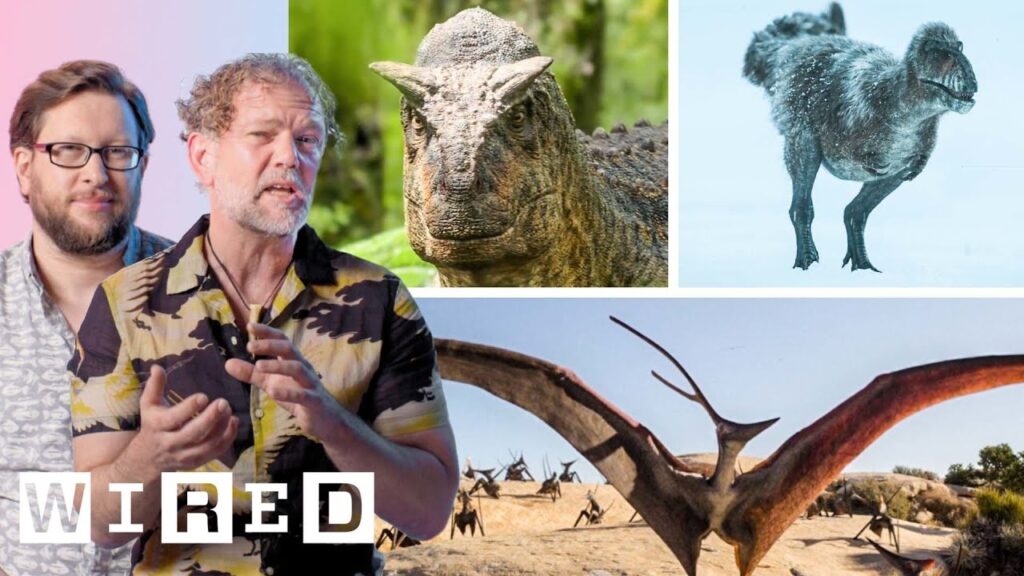The Human Face of Big Data: Visualizing Our World’s Nervous System
Summary
In this article, we explore Rick Smoli’s latest project, The Human Face of Big Data, which aims to visualize the massive amounts of data being collected in real-time all around us. Big data has the potential to reveal new patterns and insights, but the challenge is how to make this information meaningful and relevant to everyday people. The project involved 200 people and is not just a book, but a multi-dimensional experience that includes photography, interactive visualizations, and more.
Table of Contents
- The Planet’s Nervous System
- The Challenge of Big Data
- Impact on Politics and Society
- Innovative Uses of Big Data
- Making Data Meaningful
- Conclusion
The Planet’s Nervous System
Rick Smoli, the visionary behind the Day in the Life photography series, introduced his latest project, The Human Face of Big Data, at the Wired Living by Numbers Conference. The project, set to release as a book on November 20th, aims to visualize the massive amounts of data being collected in real-time all around us. Smoli explains that big data is like watching the planet develop a nervous system, and we are now able to measure, analyze, visualize, and respond to data in ways we never could before. The project involved 200 people and is not just a book, but a multi-dimensional experience that includes photography, interactive visualizations, and more.
The Challenge of Big Data
The amount of data being generated by humans has increased exponentially in recent years, with five exabytes of information being generated every two days. This data is being created by everything from smartphones to devices, which are now generating more information than humans. While there are concerns about big data and its impact on privacy, it has the potential to reveal new patterns and insights. The challenge is how to make this information meaningful and relevant to everyday people.
Impact on Politics and Society
We are exposed to an immense amount of information in a single day, compared to someone from the 15th century who was exposed to the same amount in their entire lifetime. Data transparency, amplified by social media, is having a dramatic impact on the world of politics. The speaker gives examples of how technology is being used to create early warning systems for earthquakes and radiation, as well as how animals are being used to map migration patterns and ocean currents.
Innovative Uses of Big Data
The speaker also talks about a device that recognizes the digital signature of every device in a household, allowing people to know what their electrical devices are using up and potentially save money on their bills. Big data is being used to create personalized medicine, analyze traffic patterns, and even predict when a machine will break down.
Making Data Meaningful
The challenge is not just collecting and analyzing big data, but making it meaningful and relevant to everyday people. The Human Face of Big Data project aims to do just that, by visualizing data in a way that is accessible and interesting to a wide audience. It is important to remember that big data is not just numbers and statistics, but it represents real people and their lives.
Conclusion
The Human Face of Big Data is a fascinating project that aims to make big data accessible and meaningful to everyday people. While there are concerns about privacy and the impact of big data, it has the potential to reveal new patterns and insights that can benefit society as a whole. As we continue to collect and analyze more data, it is important to remember that it represents real people and their lives, and we must use it responsibly and ethically.







